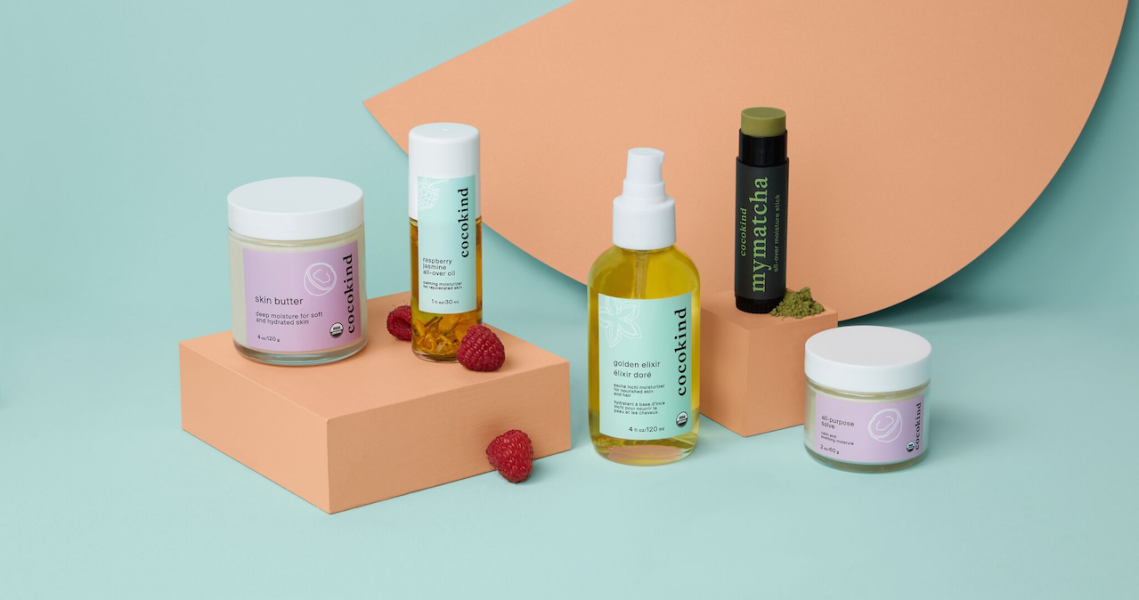Transparency has long been a buzzword within the beauty industry, but more than ever, brands are offering inside information about their companies beyond the cursory discussion of a product’s ingredients.
Throughout October, YouTubers Shane Dawson and Jeffree Star have been uploading videos on how a makeup collaboration is put together, including the cost to produce products and the money influencers can earn from it. Men’s subscription skin-care brand Tiege Hanley has also taken to YouTube to upload weekly videos to its 41,000 YouTube subscribers; those videos detail a particular business decision or a mistake the team has made. Trinity Mouzon-Wofford, Golde cofounder, launched an Instagram Stories series called Office Hours in February to talk about the building blocks of her company — she recently reformatted it into a weekly newsletter in September. Skin-care brand Cocokind also produces Instagram Stories that explain to its customers the inner workings of its business.
While brands have attempted to establish a rapport with consumers by leaning on a brand founder or even using employees in marketing campaigns, the prevalence of industry watchdogs, like Estée Laundry, is driving demand for companies to reveal more about their processes.
“Customers will be OK with a company that is progressing and learning, but if you don’t show them the work, they won’t appreciate it, and you’ll be in a reactive position,” said Priscilla Tsai, Cocokind founder.
Cocokind was founded in 2014 and centers its behind-the-scenes Instagram Stories on its three pillars: ingredient choices and formulations, packaging and pricing. Since 2017, Cocokind has featured employees answering customer questions on these topics weekly, and Tsai hosts a discussion once a month. In being transparent with its 130,000 followers on Instagram, the brand sees engagement on Instagram Stories of 10% to 15%, Tsai said. Cocokind does operate any paid marketing programs.
As for how these transparency efforts translate into sales is difficult to discern. Transparency efforts are considered long-term and one of many levers a brand can pull, said Tsai and Kelley Thornton, Tiege Hanley cofounder. Thornton said these efforts have been impactful for customer retention within its subscription service, where men receive four products a month. Tiege Hanley has 35,000 monthly subscribers, with a retention rate of approximately 90% after three months, said Thornton. The company does not sell products à la carte. He added that Tiege Hanley’s YouTube channel, which has more subscribers than its Facebook or Instagram accounts, is growing at 2% percent month-over-month and has been the central platform for establishing a connection with customers.
“Acquiring a customer is not the hard part, but it’s figuring out how to retain,” Thornton said.
Tiege Hanley began producing weekly videos behind-the-scenes a year before launching in 2016. It is currently up to 206 videos, which on average are 20 minutes in length and see between 3,000 and 7,000 views. Recent examples discuss Tiege Hanley’s approach to discounting and why the brand had to stop accepting orders for two days in February. The YouTube channel accounts for 15% of the brand’s monthly subscription growth, Thornton said.
Thornton said that this level of communication with its customers has created a brand feedback loop and that customers also routinely provide comments on YouTube or through email.
With watchdogs and customer readiness to deem a brand inauthentic, a beauty brand that is willing to own its positioning or mistakes can also protect itself from further scrutiny.
“It’s critical for brands to be honest with their customers,” he said. “We can’t be all things to all people. Either it resonates with you or it doesn’t, and that is okay. We don’t have to be one-size-fits-all, but we have to own [decisions] if we do things or say things that people don’t like.”




